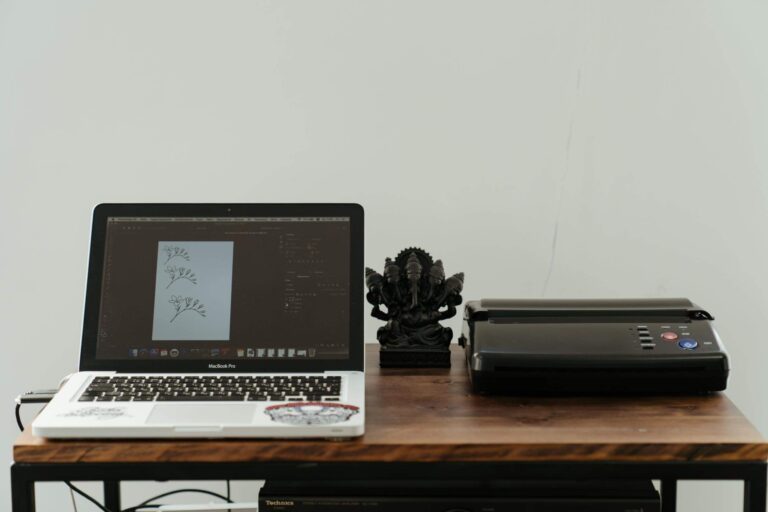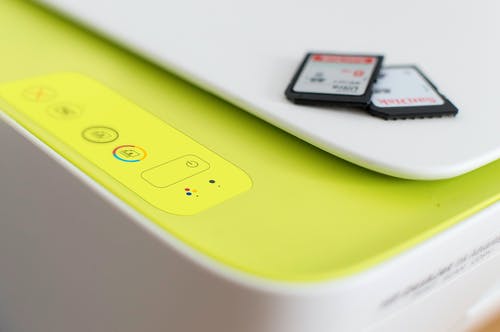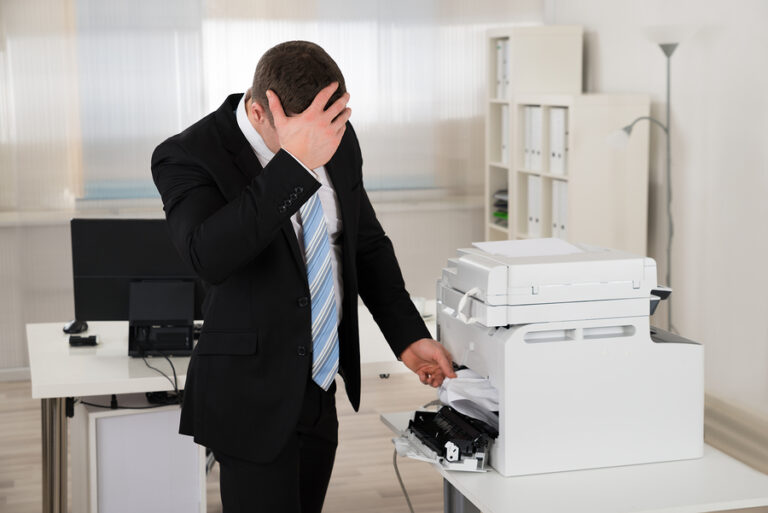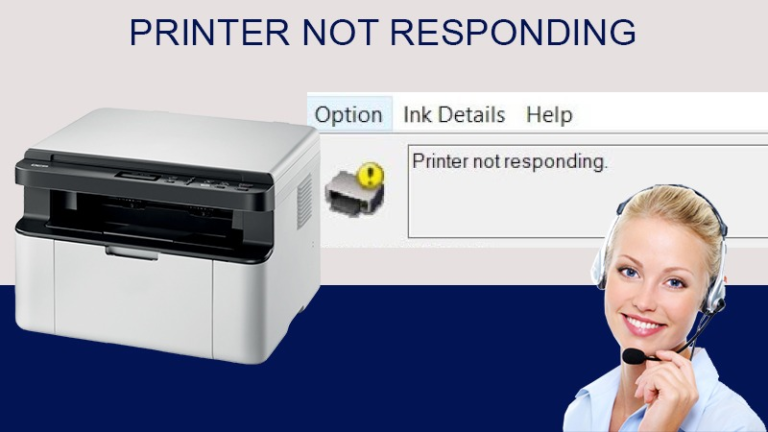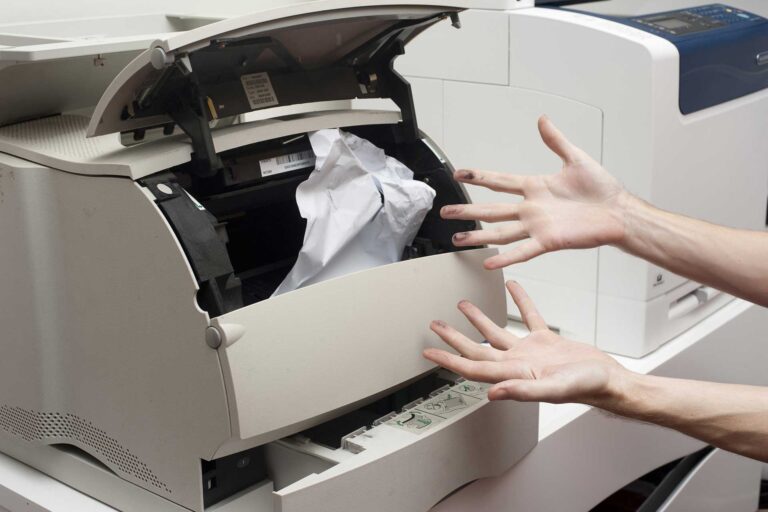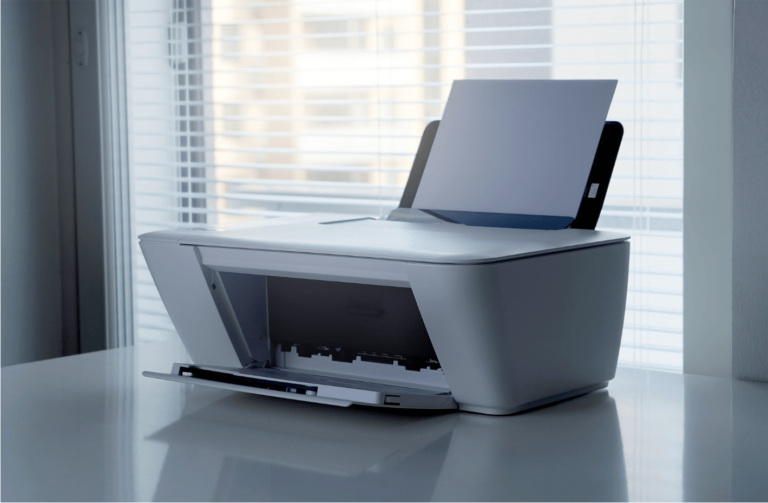Brief Guide: How To Choose Right 3D Printer
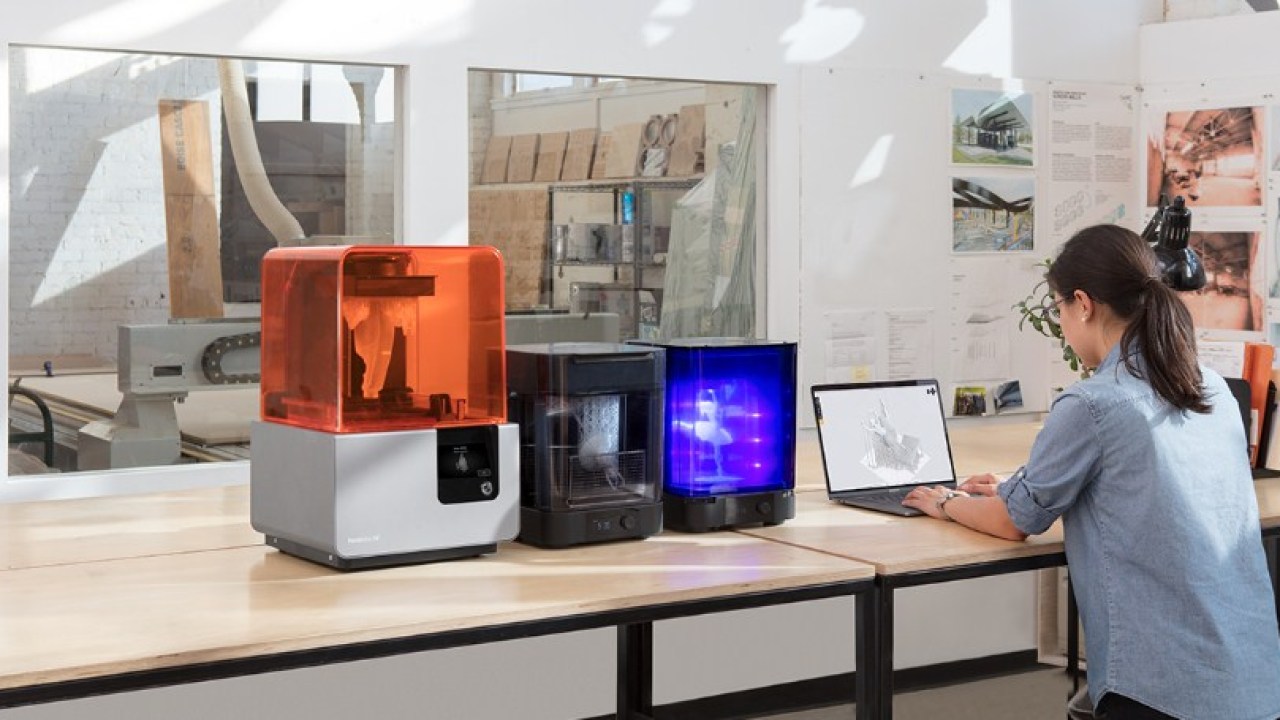
3D printers give an almost unending exhibit of potential outcomes. Regardless of whether you’re printing out a puppet, a cell phone case, a wrench, or an entryway stop, you need to pick the correct gadget for your necessities and spending plan.
3D printers come in wide assortments of sizes and capacities. With the costs going from under $200 to a few thousand dollars or pounds. Along with, they likewise utilize a wide range of advancements that range from FDM(Combined Statement Demonstrating) To DLP(Computerized Light Preparing).
Whether you are looking for the right 3D printing machine for office or personal use, we have covered here almost a complete guide that offers insights into the history and the reality of 3D printing like processes, materials and applications, as well as measured thoughts on where it might be heading.
We hope you like all the guides and you will discover one of the right 3D printing assets accessible and that regardless of what your expertise level is, there will be plenty of assets to meet your needs. Here are some of the six fundamental factors that you can consider while choosing a 3D printer.
Choose the Right 3D printing Machine:
Not all 3D printers will utilize a similar printing innovation. But here are some of the most mainstream polymer printing innovations alongside qualities and shortcomings.
1. Style Of 3D Printing Technology:
a) FDM (Fused Deposition Modeling): af
FDM is the simplest and most regular printing innovation or technology. It is also called Fused Filament Fabrication (FFF) or Plastic Jet Printing (PJP). In this cycle, a printer regularly prints an object in progressive layers by expelling a nonstop length of printing material through a warmed spout. In this way, the printing starts at the base and works its direction upwards.
b) SLA (Stereolithography):
SLA utilizes an exceptional fluid plastic printing material called photopolymer pitch. Generally, a bright laser hardens layer after layer of printing material to make the part. Stereolithography printers use a process known as photo-solidification in which a chemical reaction structures layers.
SLA-based 3D models have extraordinarily high goals. The cycle is additionally quicker than FDM and SLS. It’s a mainstream decision for model manufacturers and planners. Nonetheless, it is a costly cycle and requires extra post-handling steps, such as washing and relieving, notwithstanding standard help expulsion and other completing work.
c) SLS (Selective Laser Sintering):
Specific Laser Sintering printers make new layers by centering a laser to a point inside a tank of powder, for example, silicates, polystyrene, or even metal to print an article. The powder sets as the laser moves to the following area. This process is ideal for printing complex mechanical parts and definite items.
2. Materials need to print with:
Filament printers use filament spools made from a variety of materials. Most of the time they are also like plastics like PLA, ABS and PETG. You can also find unique materials that are flexible and like wood-based filaments. The most common types of filament are:
ABS:
ABS is derived from fossil fuels as well as provides durable, strong and high-temperature resistance. In addition, it is a favorite among professionals such as Mass Manufacturing 3D Parts for finishing. However, it is non-biodegradable and also removes a strong odor like burnt plastic.
PLA:
Polylactic acid is of plant-derived plastic. It deteriorates after prolonged exposure to the sun and is easily damaged by excessive humidity. This is great for most indoor applications but avoid using PLA for outdoor needs.
PETG:
Polyethylene terephthalate glycol is food-safe plastic, yet that doesn’t mean your 3D printed object is food safe. FDM printers generally form layers that effectively absorb moisture, food and microorganisms. PETG items must be completed in food-grade epoxy before connecting to food.
3. Determine Object Size You Want To Print:
The size of the articles you need to print can help decide the assemble volume you search for in the 3D printer you select.
Fabricate volume is the most extreme print size of a printer. It is generally demonstrated in inches or millimeters. Normally, enormous form volume will permit you to print huge items.
Unfortunately, most work area printers are small or medium sized, have lower or moderate form volume (greatest 380 x 380 x 380 mm). Most printers additionally miss the mark concerning their enlisted Z-pivot measurement. In this way, you need to pick in like manner.
4. Consider the Printing Speed:
Printing speed is additionally a basic factor. Higher resolution implies more subtleties, which thus, requires more slow printing speed. For instance, printing a shoe will take significantly more than making a baseball.
The quality and setup of the print head will likewise influence the printing speed. For example, a little spout will create superfine prints, yet at a moderate printing speed. Then again, an enormous spout will work rapidly, yet it will bargain the print quality.
5. 3D Printer Software To Look For:
3D printers use programming from two significant sources:- First, the printer itself and Second, the PC you use to make 3D printer documents. The product on your PC is a slicer—cutting is the point at which you make a record to print (the most well-known 3D printer document type is gcode). There are many cutting projects accessible on the web, the two most famous being:
Cura – An open-source 3D printer cutting project created by Ultimaker.
Slic3r – A free gcode cutting system made by Alessandro Ranellucci.
Firmware is the product on the 3D printer. Numerous 3D printers use Marlin firmware, however there are different applications for various chips. The specific firmware your printer uses will shift; search online to perceive what others say about the model you’re thinking about.
6. Look for safety features:
3D printers are generally well designed with security features in mind. For example, an FDM printer can accommodate a nozzle and a heated bed once the print job is completed. Some printers move away from the nozzle object when you pause work or run out of print. It also prevents heat loss and excess fiber formation.
Final Verdict:
3D printing is becoming more mainstream and affordable technology than ever before. It is one of the fastest-growing technologies in the world that you won’t believe. So, before stepping into the field of 3D printing, remembering these six pointers will definitely help you make the right choice. I hope that due to these factors a perfect 3D print will be right for you.
Learn what you want to print and use it to set expectations for your new printer. For more read articles on our website.

